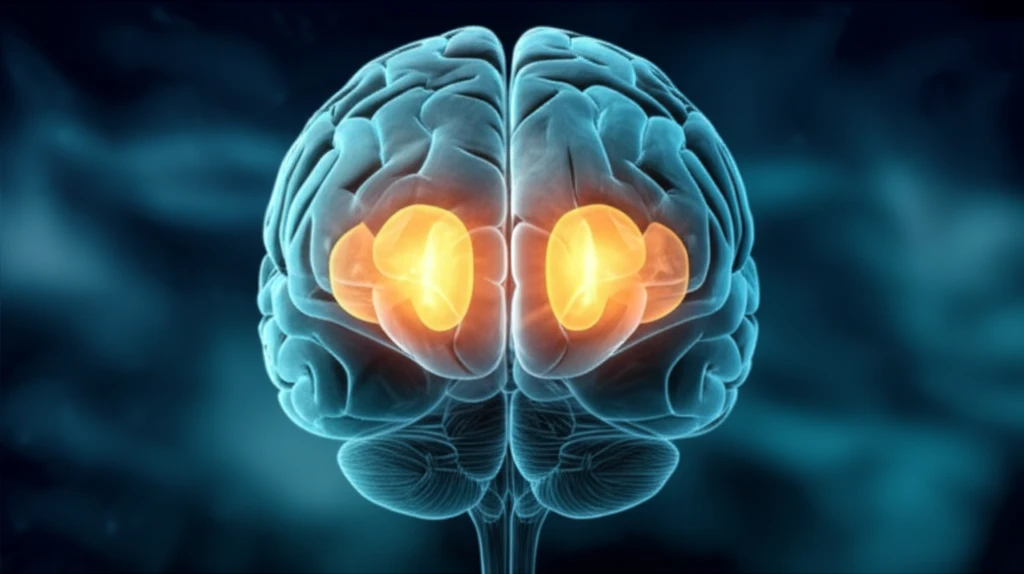
Brain Asymmetry and Mental Health: What Early Brain Scans Reveal About Psychotic Experiences
"New research uncovers how subtle differences in brain structure during adolescence might offer clues to future mental health challenges, sparking new avenues for early intervention and support."
Mental health disorders, particularly those involving psychosis, are complex and often devastating. Scientists have long sought to understand the biological underpinnings of these conditions, hoping to identify early markers that could allow for timely intervention. A recent study published in 'Translational Psychiatry' sheds new light on this area by exploring the relationship between brain structure and subclinical psychotic experiences (SPEs) in adolescents.
SPEs are experiences that resemble psychotic symptoms, such as hallucinations or delusions, but are less severe and don't meet the criteria for a full-blown psychotic disorder. These experiences are not uncommon in adolescence, with some studies estimating that up to 5% of young people may experience them. While many individuals who report SPEs do not go on to develop psychosis, they are at an increased risk, making the identification of potential biological markers crucial.
The study, led by researchers at the University of Tokyo, investigated whether differences in the volumes of subcortical brain regions are associated with SPEs in a large sample of adolescents. Subcortical structures, including the basal ganglia and limbic system, play critical roles in various functions, including learning, emotion, motor control, and higher-order cognitive processes. Previous research has suggested that alterations in these regions may be linked to schizophrenia and other psychotic disorders.
Unveiling the Adolescent Brain: What the Study Showed

The researchers used magnetic resonance imaging (MRI) to measure the volumes of subcortical brain structures in 203 adolescents aged 10.5 to 13.3 years. These participants were part of a larger population-based cohort study called the Tokyo TEEN Cohort (TTC). The adolescents also completed a screening questionnaire to assess their experiences with SPEs.
- Left Hippocampus: This brain area is vital for memory and learning.
- Right Caudate: Part of the basal ganglia, involved in motor control and cognitive functions.
- Right Lateral Ventricle: A fluid-filled space in the brain; increased volume may indicate various neurological conditions.
- Left Pallidum: Another component of the basal ganglia, important for motor control.
What Does This Mean for the Future of Mental Health?
This research offers valuable insights into the early neurobiological underpinnings of psychotic experiences. By identifying potential markers like altered pallidal asymmetry, scientists may be able to develop more effective strategies for early identification and intervention. Further research is needed to fully understand the role of these brain differences and how they may interact with genetic and environmental factors. However, this study represents an important step forward in our quest to unravel the complexities of mental illness and improve the lives of those at risk.
